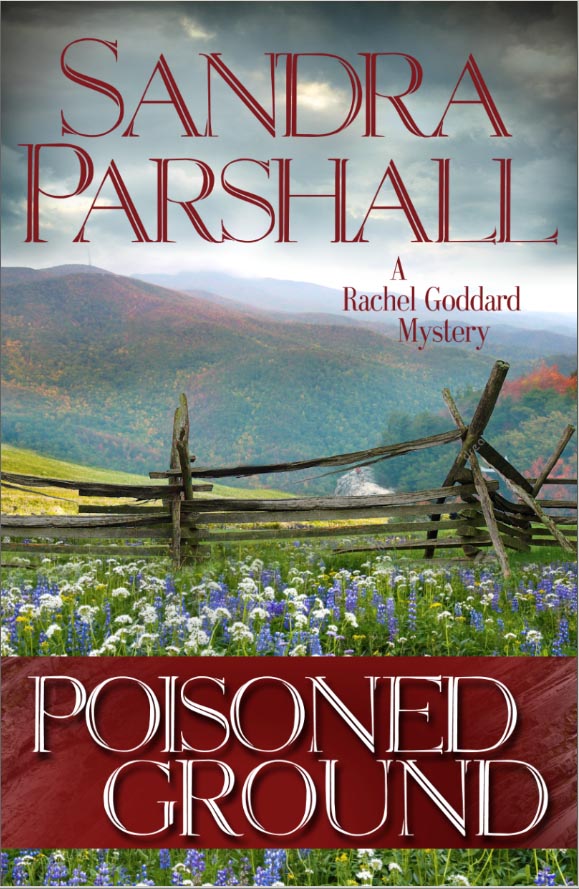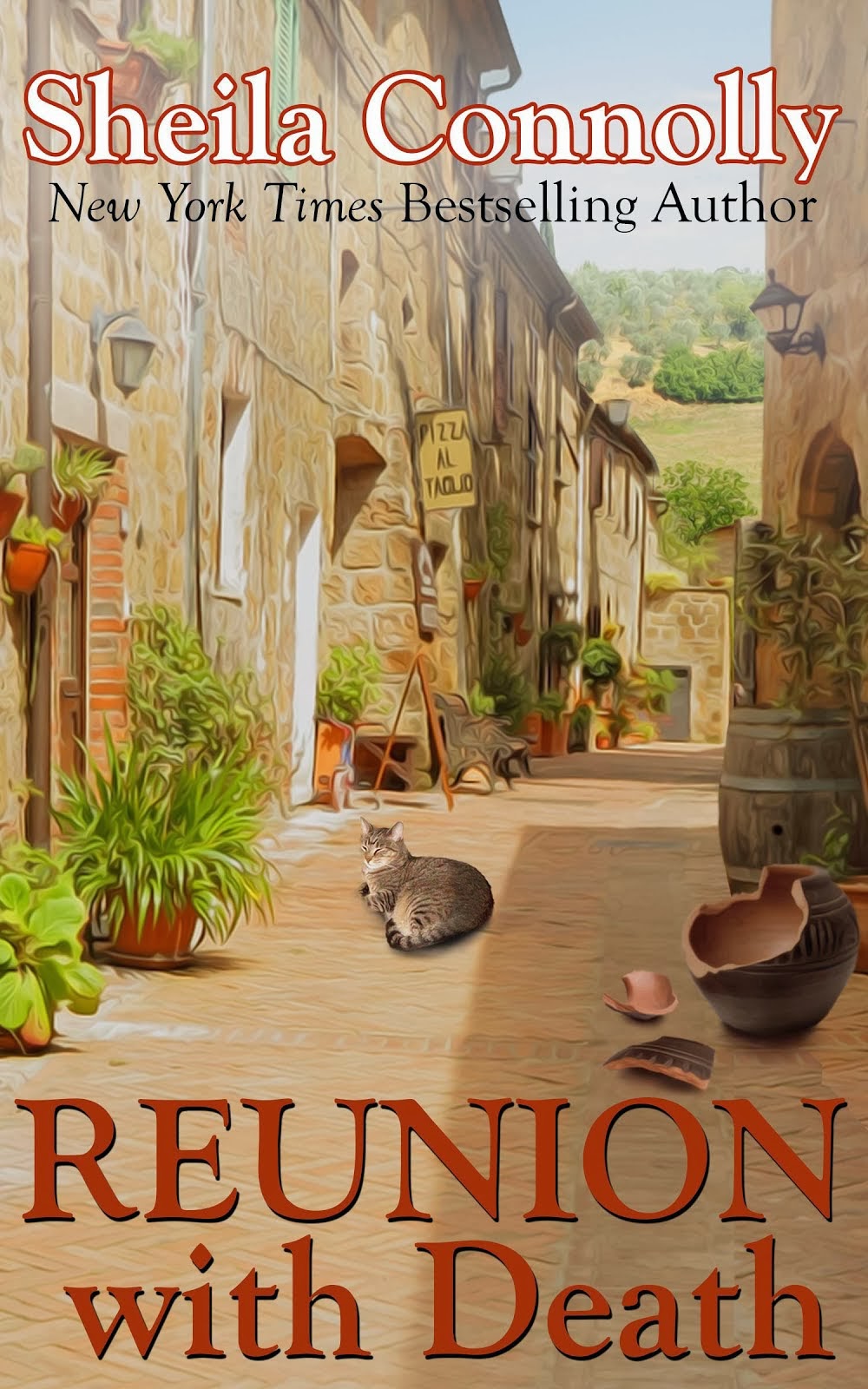As society gets more complicated and technology opens up new frontiers, nothing can be taken for granted any longer. Truths seen as self-evident by previous generations come under fire, new knowledge is created, and definitions are expanded.
 Among the concepts being expanded are constructs like gender and sexuality. (For the record, The Penguin Dictionary of Sociology clarifies the difference between gender and sex: “If the sex of a person is biologically determined, the gender of a person is culturally and socially constructed.”) We now have terms we didn’t have before; “transgendered” is relatively new, and “intersex” is even newer.
Among the concepts being expanded are constructs like gender and sexuality. (For the record, The Penguin Dictionary of Sociology clarifies the difference between gender and sex: “If the sex of a person is biologically determined, the gender of a person is culturally and socially constructed.”) We now have terms we didn’t have before; “transgendered” is relatively new, and “intersex” is even newer.Old-time TV series may have followed the “rules” prescribed for men and women (think Donna Reed and Hazel), but it seems to me that the mystery novel has always been ahead of the curve in terms of exploring “male” and “female” roles and behavior. In some ways, Miss Marple was a product of her time, living in a quiet village and drinking her tea—but she took on the decidedly “male” role of investigating and solving crimes. Women soon became professional P.I.s (Cordelia Gray was in the vanguard), and Sara Paretsky took the courageous step of having V.I. Warshawski get the crap beaten out of her, which is of course an occupational hazard for all P.I.s. When the clueless Stephanie Plum decided to become a bounty hunter in One for the Money, we all thought how ridiculous it was—but here she is, still going strong fifteen books later. But for the woman who does the best job of pushing gender roles to their limit, I nominate Liza Cody’s Eva Wylie (Bucket Nut), an antisocial female wrestler who’ll take on any man in the room (and win).
What we haven’t seen much of, however, is male detectives taking on traditionally “female” roles. Sure, Adam Dalgliesh is sensitive and writes poetry; and Luis Mendoza is a loving father, but I can’t think of too many mainstream mysteries featuring, say, house husbands or male nurses. We do have Sarah Caudwell’s Hilary Tamar, but s/he is in that most gender-neutral of professions—law professor—and of course we never do find out if Hilary is a he or a she.
I think there are as many goals in mystery writing as there are writers—some write to create a cozy world, some to explore character deeply, some to create an intricate puzzle.
 For my latest novel, Androgynous Murder House Party, I wanted to pull the rug out from underneath the reader’s most basic expectations, which is the knowledge of each main character’s gender. I wanted readers to figure out not only “whodunit” (as there are two murders, whose perpetrator(s) must be found), but also to develop a sense of whether each character was male or female, straight or gay, without giving that knowledge to them directly. The narrator, Robin Anders, notes early in the book that of the cast, three are male, three are female, three are straight, and three are gay. None of this matters a whit to Robin, who is much too self-centered to think about anyone else for more than a second or two at a time.
For my latest novel, Androgynous Murder House Party, I wanted to pull the rug out from underneath the reader’s most basic expectations, which is the knowledge of each main character’s gender. I wanted readers to figure out not only “whodunit” (as there are two murders, whose perpetrator(s) must be found), but also to develop a sense of whether each character was male or female, straight or gay, without giving that knowledge to them directly. The narrator, Robin Anders, notes early in the book that of the cast, three are male, three are female, three are straight, and three are gay. None of this matters a whit to Robin, who is much too self-centered to think about anyone else for more than a second or two at a time. And this is where the idea of “gender” plays so much into the book. Because gender is a social construct, the reader is challenged to figure out who is male and who is female based on personal habits, type of self-expression, hobbies, profession, and the like. And of course their names—Robin, Lee, Alex, Chris, J, and Law—are no help in deciphering the mystery. The great irony of the title Androgynous Murder House Party is that the characters themselves do not consider themselves androgynous in the least. Each clearly identifies as male or female; but readers will find no pronouns in the book to help them decide which is which.
I hope that Androgynous Murder House Party can be read at two levels. On one level, it really is a traditional murder mystery, with clues, and red herrings, and an amateur sleuth whose level of self-involvement is epic. At another level, though, I hope it can be seen as a rumination on the continuum of gender, gender roles, and gender expectations, as well as a satire on the snobbishness that exists at a certain level of New York City “society.” We think we need to know a character’s sex in order to “know” him or her—but is this knowledge truly necessary? How do we mystery writers keep our readers coming back for more—is it by giving them information, or by withholding it? Can an undefined gender be as much a cliffhanger as a superb plot twist?
Great Moments in Androgyny: A Photo Gallery

Julia Sweeney as Pat on Saturday Night Live

From M*A*S*H: Jamie Farr as Klinger in the most unsuccessful attempt at cross-dressing in history
Robin Anders, narrator of Androgynous Murder House Party, contemplating a self-portrait
Steven Rigolosi is the author of the Tales from the Back Page series of mystery/suspense novels, including Who Gets the Apartment? and Circle of Assassins. The most recent is Androgynous Murder House Party, featuring genderless narrator Robin Anders. Steve can be reached at srigolosi@yahoo.com.










6 comments:
I hope that Androgynous Murder House Party can be read at two levels. On one level, it really is a traditional murder mysteryCar Leasing
Interesting post. I was at a Halloween party last night and saw a Victor/Victoria there....very nicely done, too. Another androgynous example.
Elizabeth
Mystery Writing is Murder
I have read and enjoyed every Rigolosi book and Androgynous is no exception but Circle of Assasins is still my favorite.
I read Androgynous Murder House Party and loved it! Kudos to Steve for writing it and to Elizabeth for bringing it to the attention of more people.
Fascinating ideas on gender, Steven. I can't wait to read the book and try to figure it all out for myself.
Как говорилось на Seexi.net Почему так происходит? я заметила,что знакомлюсь с человеком,мы разговариваем...а на следующий день даже не здороваемся??даже не посмотрим друг на друга,как будто не знакомы! Почему?я не понимаю? я всё время думаю,что это со мной что-то не так
Post a Comment